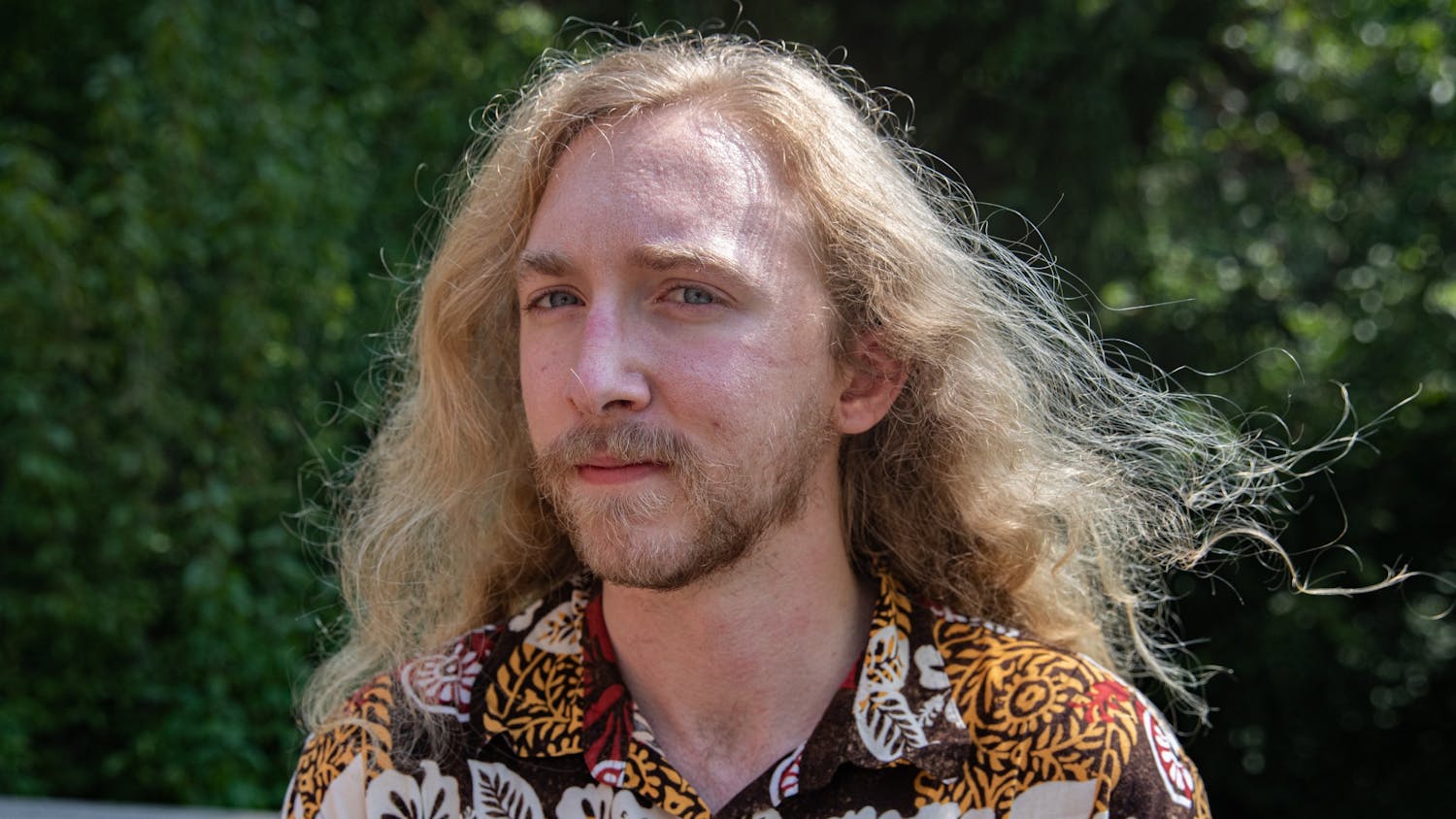“The Mandalorian” has finished its third season, and though the reactions are mixed there is something to be said in the way the show “built” tension. This can be seen in the fights between Mandalorian and the latest storm troopers, which often devolved into a flurry of blaster shots and characters absorbing shots till they collapse.
The scene lacked any kind of tension, especially for the character of Din Djarin whose absurd indestructibility (being shot, beaten and set on fire without a scratch) borders on absurdity as similar attacks only maim his opponents. This often reduces the tension of a scene when we know that characters won’t or can’t be hurt.
This invulnerability is a holdover of classic action films like “Commando,” which reaches points of exaggeration to near parody as John Matrix dispatches henchmen. The final battle of the film sees John raid the villain's base with barely a scratch. However, this extreme action is often undercut by moments of humanity as the opening montage demonstrates.
To work against the trope of classic action hero, we have a turn to the every-man action hero in “Die Hard.” John McClane’s sheer inexperience with a terrorist situation gives the film the necessary tension that each wound matters. The fact that he has no shoes throughout the feature only works to establish the vulnerability of this character.
In the case of Din Djarin, the “every-man” is not his character type. It’s hard to imagine Din running through Imperial bases barefooted. So, how do you develop tension? By appealing to their humanity.
One of the best films on the meaning of humanity is “Robocop.” The film follows Officer Alex Murphy as he is gunned down in the line of duty. Before he dies, his body is sequestered for an experimental program to be rebuilt with cutting-edge cybernetics. He became the cutting-edge product of the conglomerate OmniCorp.
For Murphy, his transformation into titular Robocop becomes a process of stripping away his humanity. His memories are shelved in favor of prime directives in the style of Asimov’s three laws of robotics. He becomes another tool in the quest for civil order, but over the course of the film his humanity creeps back.
At first, these flashes of humanity come as memories from his previous life. Remembered through keywords and images, he slowly reconstructs the human he was by investigating his own life.
This inquisitiveness leads to the removal of his helmet. Like Din Djarin in “The Mandalorian,” the helmet acts as a barrier between him and the world around him. It adds a layer to his vision that often distances the character away from his reality. For Murphy, taking off his helmet allows him (as well as the audience) to see himself with his own eyes. Din's removal of his helmet shows vulnerability.
The recent season of “The Mandalorian” missed out on these quiet moments to pull back and show Din’s humanity. Though rare moments of distress when he was captured or in danger created some of this tension, it was largely contrived and feels telegraphed at points.
The lesson “The Mandalorian” shows is that behind the glitz of being a literal bullet sponge, audiences need to be reminded of a character’s humanity. This doesn’t have to be moments of relearning a memory, of engaging in a quest or an emotional climax. These scenes can be something as simple as a character sitting down, removing the helmet and having a quiet meal alone. There is a need for something more to the character– a reminder that they are more than just a suit.
Benjamin Ervin is a senior studying English literature and writing at Ohio University. Please note that the views and opinions of the columnists do not reflect those of The Post. Want to talk more about it? Let Benjamin know by emailing him be425014@ohio.edu.




